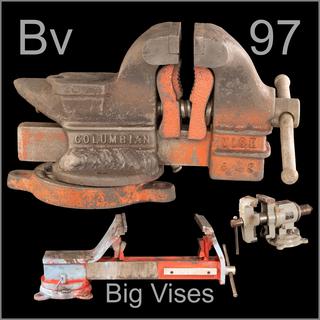 |
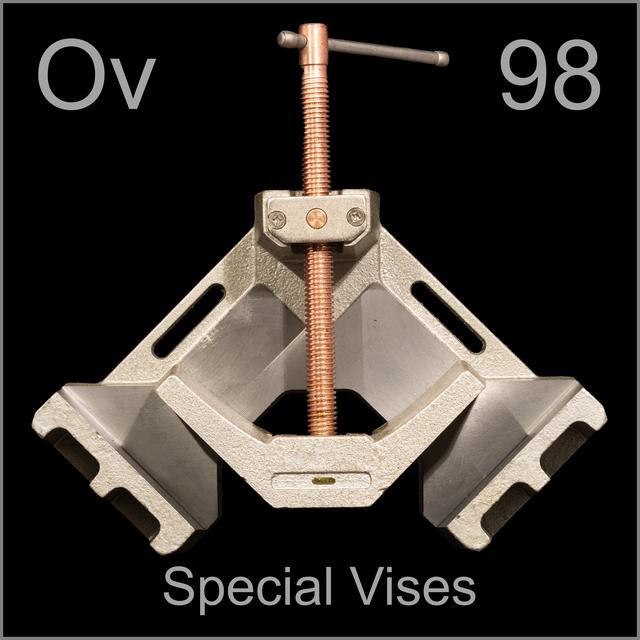
 |
Leave a comment below! Or click on an individual tool to see more or leave a comment about that tool. |
|
 |
|
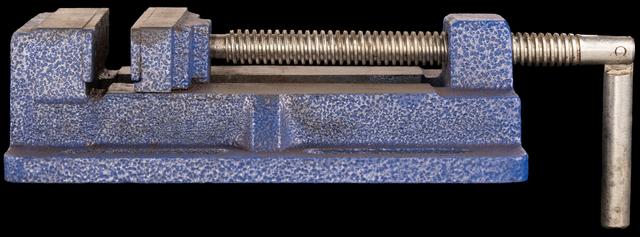 |
| The square threads on this small machinists’ vise are clearly visible along its exposed screw. |
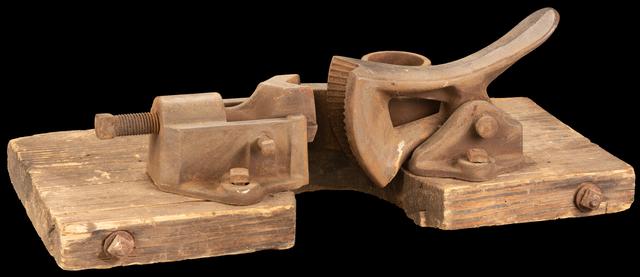 |
| This pipe dog or pump puller vise is used to lift well pipe up out of a well. The hinged part on the left grips tighter if the pipe tries to slide back down. If you want to release it, you step on the pedal on the far left. |
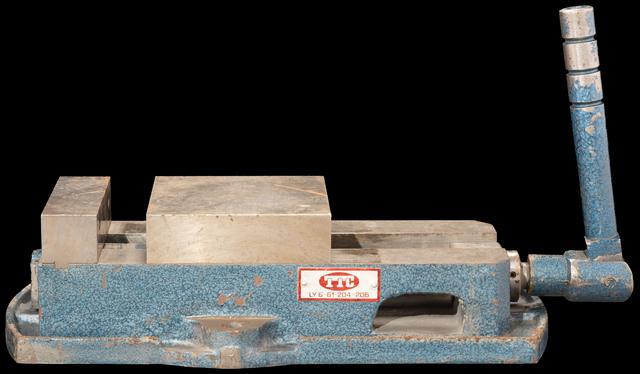 |
| Heavy Machinists Vise |
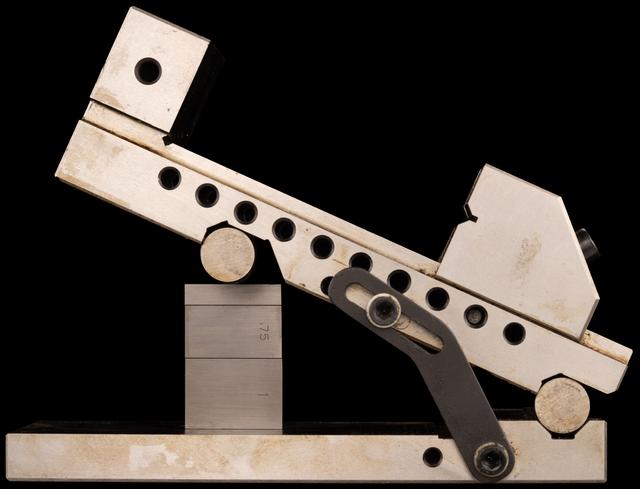 |
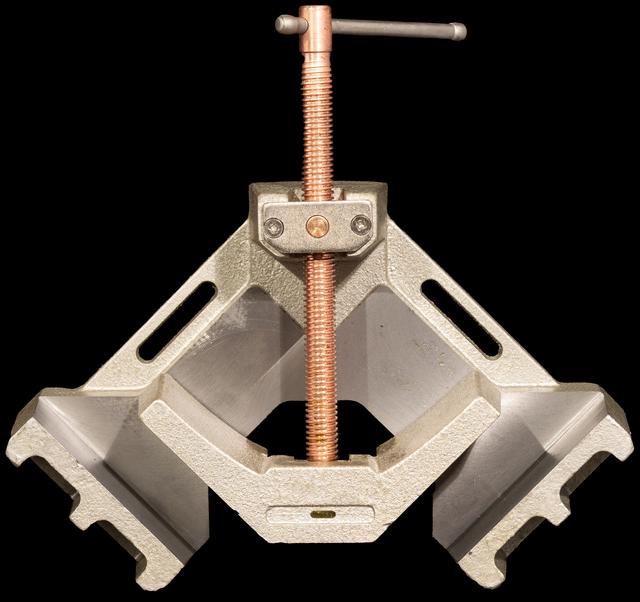 |
| This is an unreasonably heavy corner clamp. I assume it’s meant for metal working because I can’t imagine it needing to be this strong for wood. It’s really more of a vise than a clamp. |
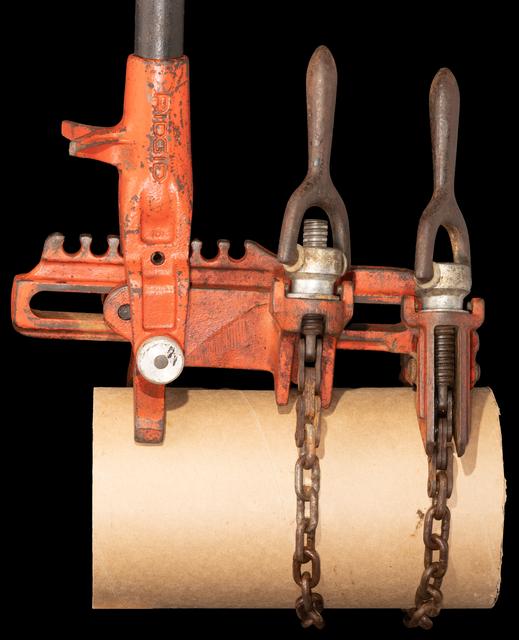 |
| Large-diameter drain (sewer) pipes are joined by sliding the straight end of one pipe into a tight, under-sized gasket inside the enlarged “bell end” of the next pipe. (Each length of pipe has one straight and one bell end, so they can be joined end-to-end to cover great distances.) This specialized tool is used to push the pipes together: it takes a lot of force to penetrate the gasket, which then forms a tight, water-proof seal. |
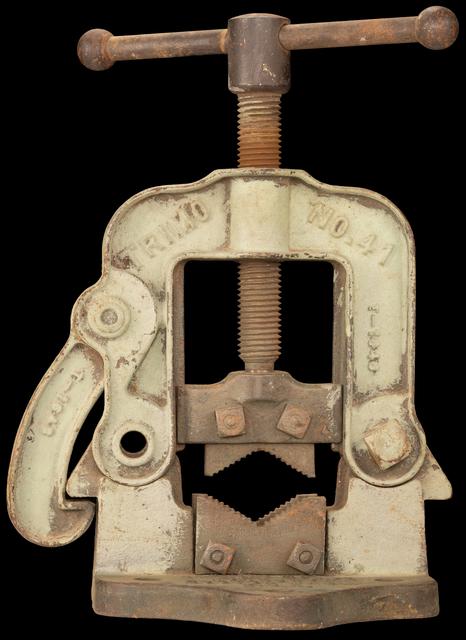 |
| If you want to cut threads on the end of a pipe, you need a way to hold the pipe and prevent it from turning (threading take a lot of force, all of it in the turning direction). A pipe vise needs to be mounted very firmly to resist this twisting. |
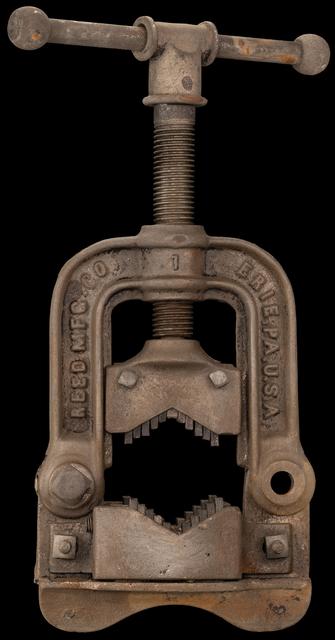 |
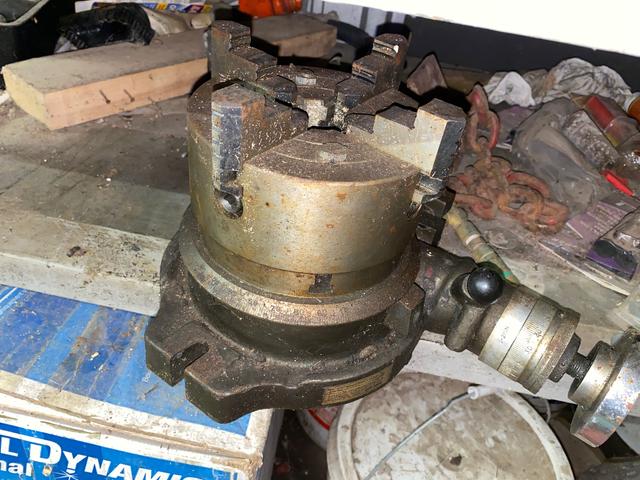 |
| It’s common for this kind of chuck to be the part that spins fast in a lathe, but you can also mount it on a turntable and use it in a milling machine. In that case it turns slowly while a milling bit spins fast next to it. That is, for example, how I made the rotation turntable we use for a lot of our photography work. |
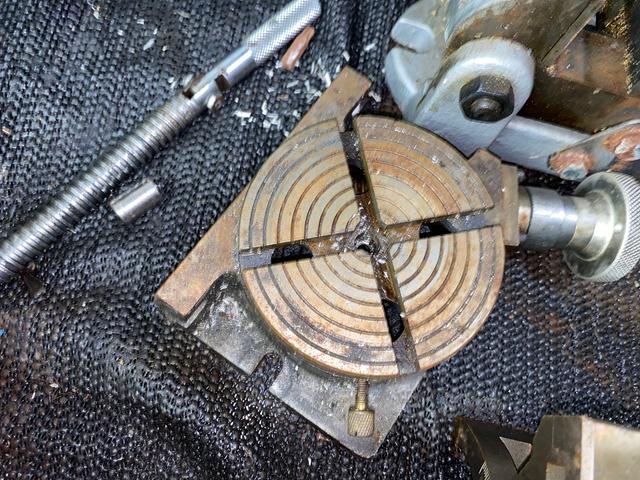 |
| Rotary tables look a bit like chucks, but instead of jaws that close, they have slots you can use to clamp down a vise or workpiece. |
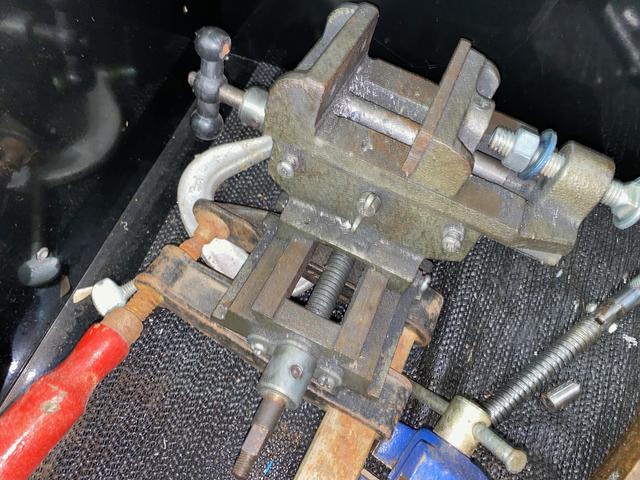 |
| This low-grade cross-slide vise can be used with a drill press to pretend like you have a milling machine. Works OK with wood, not so much with metal. A better use is accurately positioning a piece for drilling a hole. |
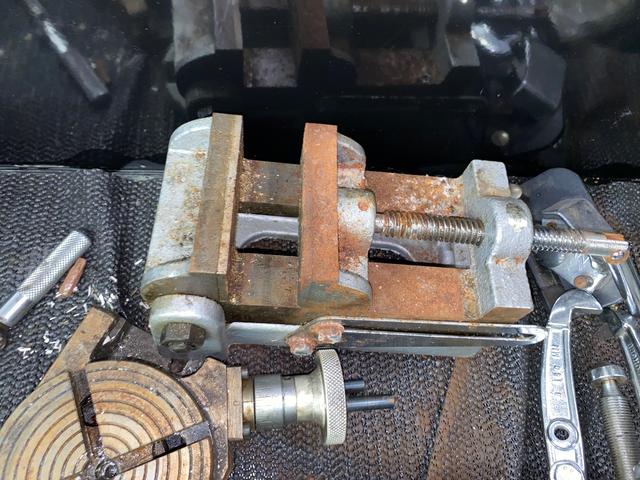 |
| This machinists’ vise can be tilted for angled cuts. |
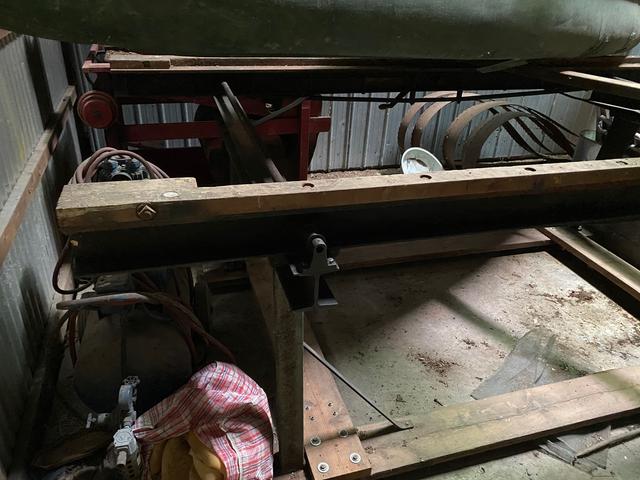 |
| This is by far my biggest clamp. It’s probably more vise than clamp, but is traditionally called a door clamp, so it’s here. It’s used when gluing together doors and windows. Chains link the vise screws to a single handle. |
 |
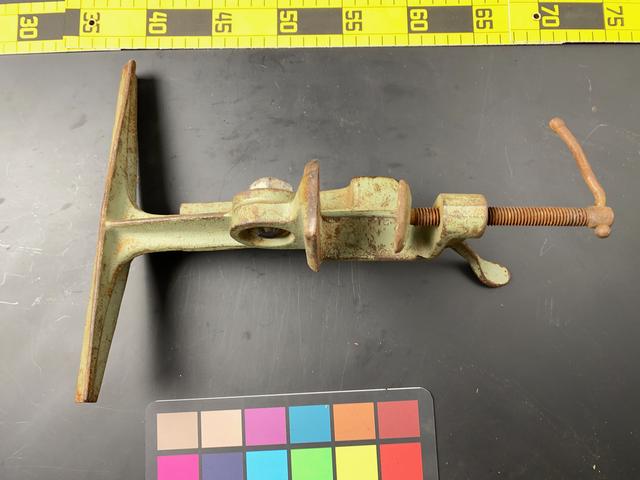 |
| I’m honestly not sure what this vise is for. The jaws are long and wide, and thus not very strong. |
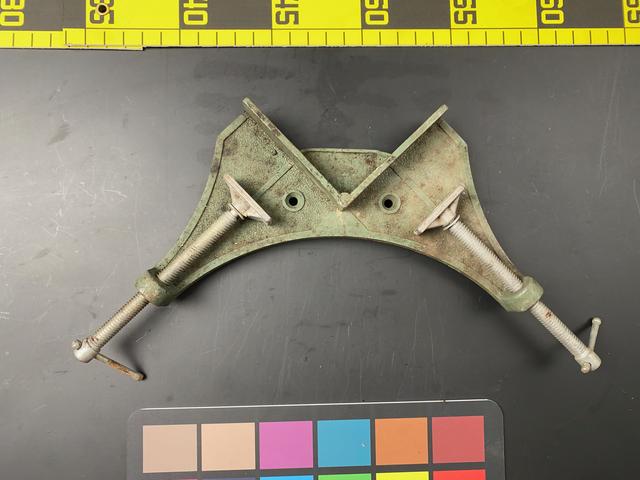 |
| This is a more sensible size of corner clamp, used mainly for making picture frames. |
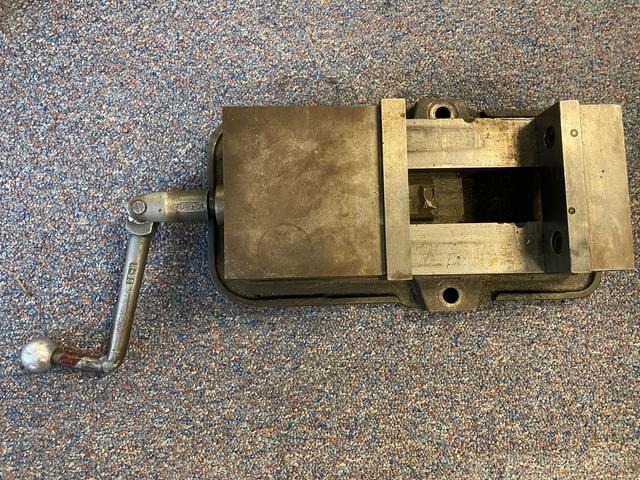 |
| The handles on machinists’ vises come off, so they don’t get in the way during machining operations. These guys are basically solid steel all the way through. |
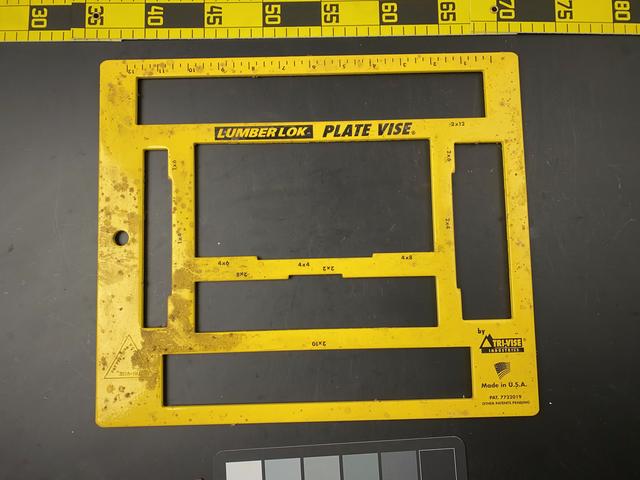 |
| This really isn’t a vise in the conventional sense, but it calls itself one, so I’ll allow it. The idea is that if you slip a board through the appropriate opening, then press the plate sideways, it will lock in place firmly enough that you can use it as a cutting guide for a circular saw. You can even use it as a small sawhorse, supporting the weight of the board as you cut it (with the weight providing the twist needed to keep the “vise” in place). |
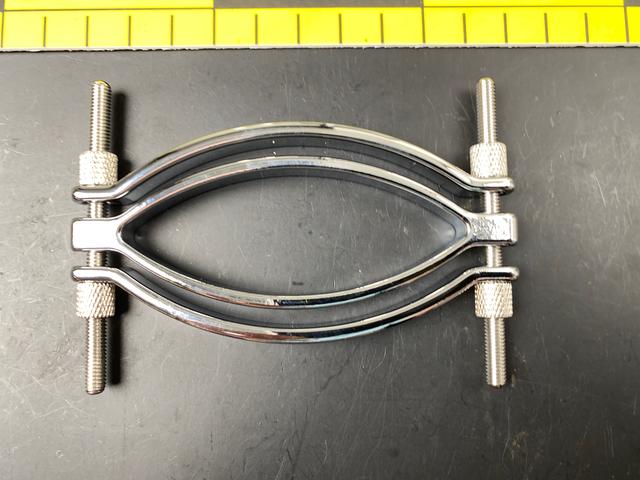 |
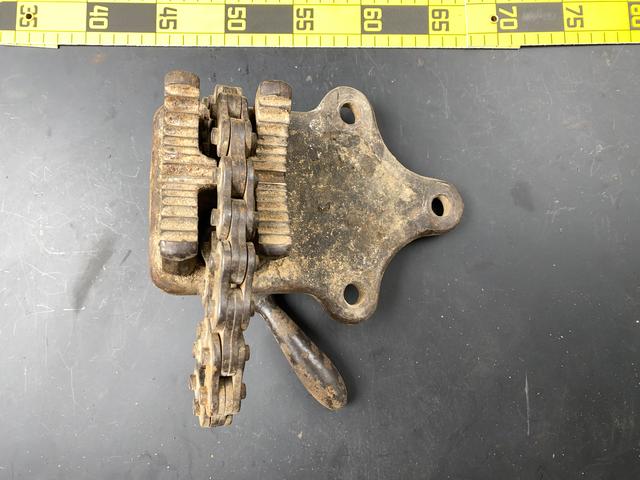 |
| This pipe vise uses a chain to clamp larger pipes firmly in place. |
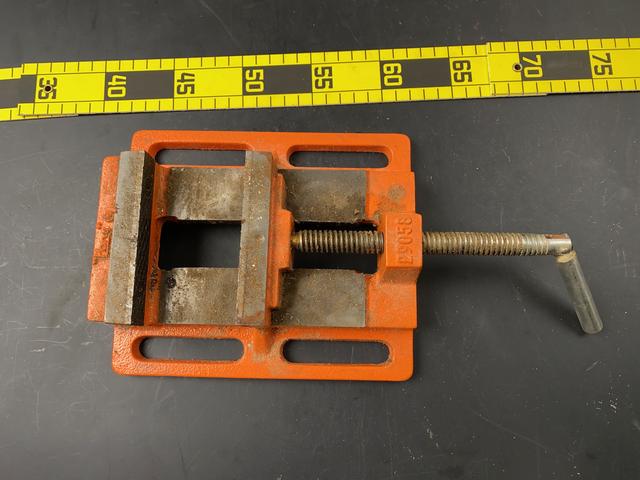 |
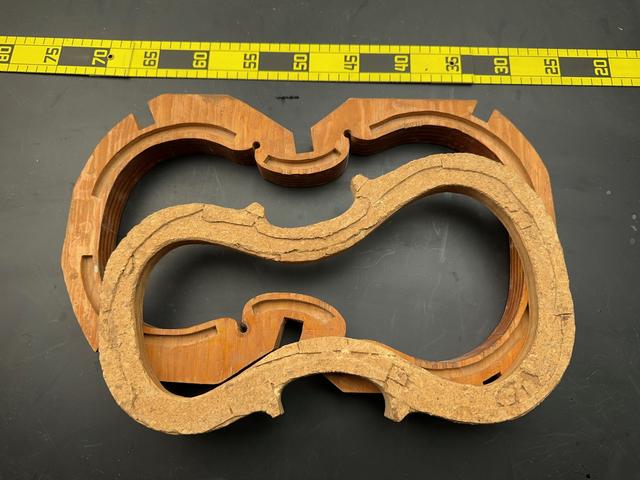 |
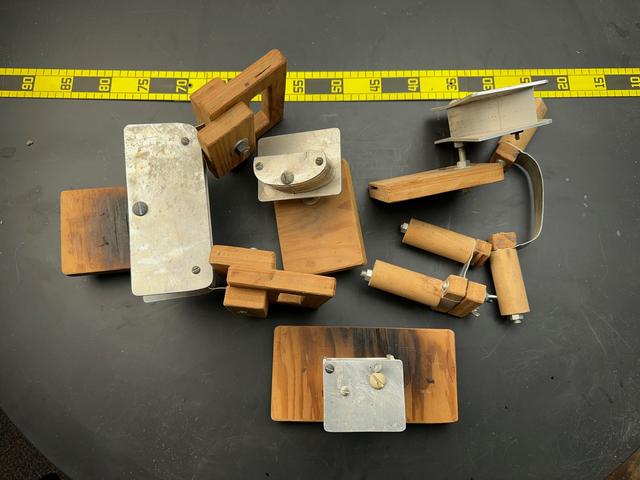 |
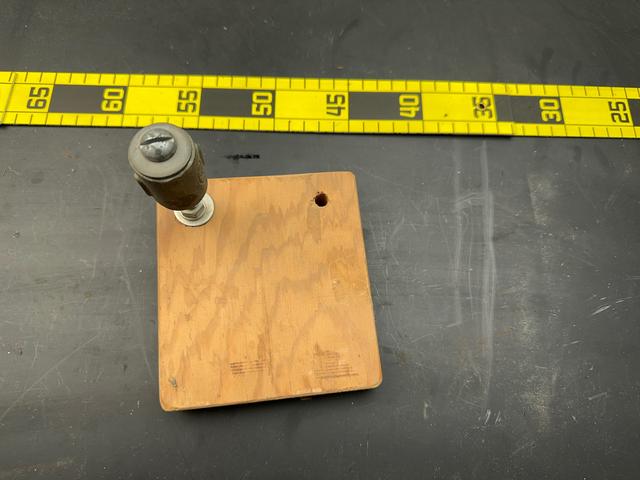 |
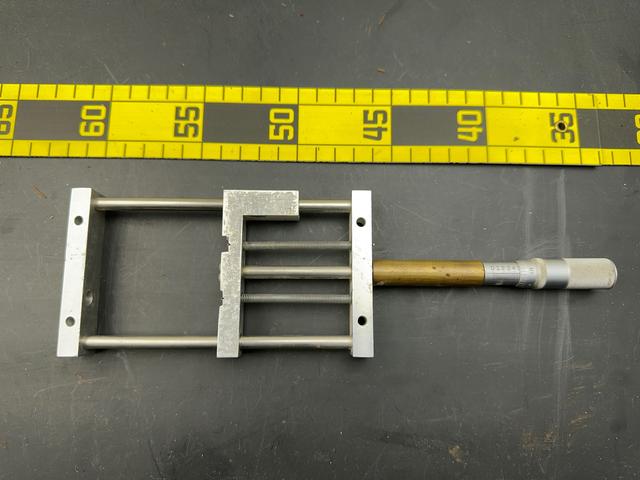 |
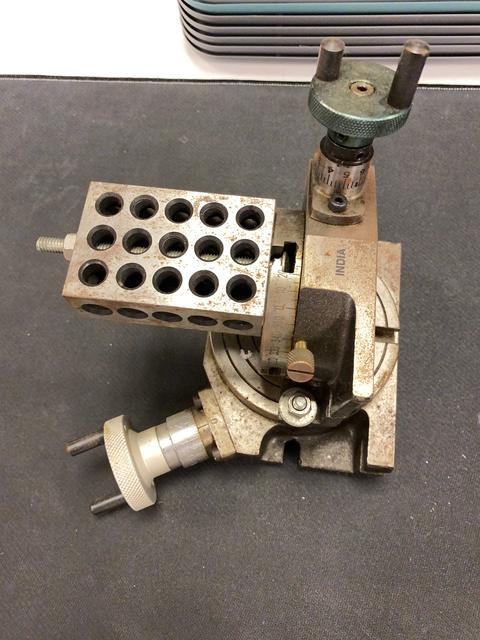 |
Do you have a better example of this kind of tool? Let me know by leaving a comment, and include a picture of it if you can so everyone can see!